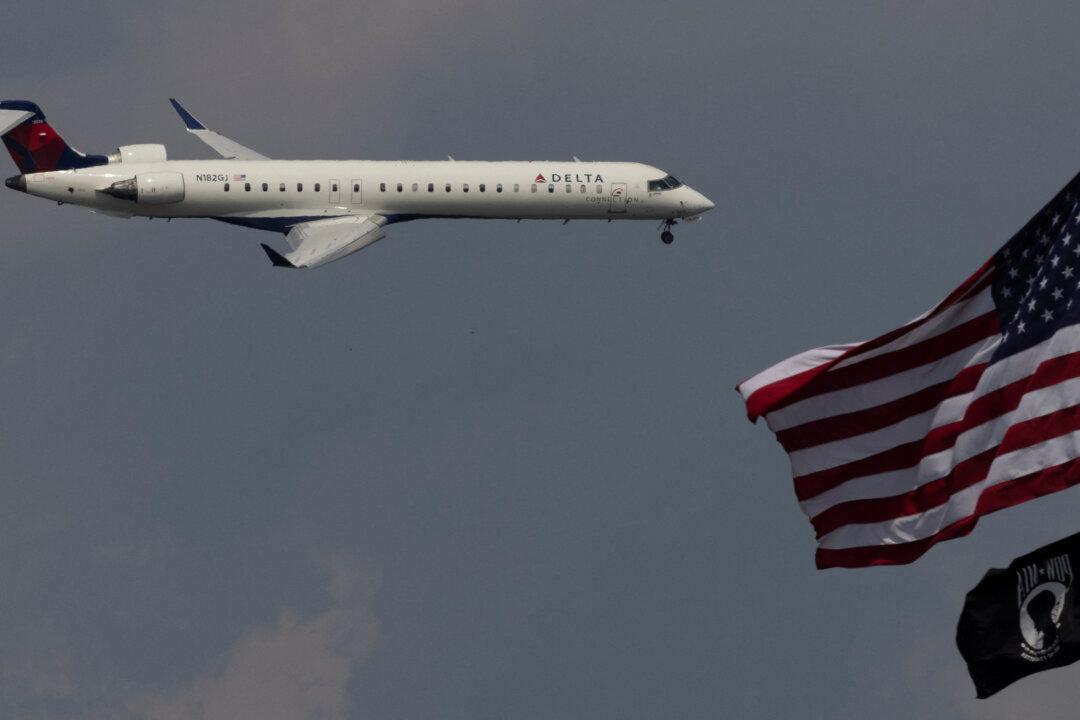TOKYO—At least 19 people were killed and dozens reported missing after the most powerful typhoon to hit Japan in decades paralyzed Tokyo, causing rivers to overflow and leaving almost half a million homes without power, public broadcaster NHK reported on Sunday.
Authorities lifted rain and flood warnings for the Kanto region around a becalmed Tokyo as the typhoon plowed up Japan’s northeast coast and authorities raced to assess the damage. Warnings for areas north of the capital began to be lifted by Sunday morning.





